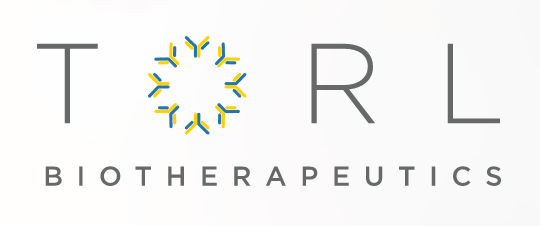Request Demo
Last update 08 May 2025
DLK1 x Tubulin
Last update 08 May 2025
Related
2
Drugs associated with DLK1 x TubulinTarget |
Mechanism DLK1 inhibitors [+1] |
Active Org. |
Originator Org. |
Active Indication |
Inactive Indication- |
Drug Highest PhasePhase 1 |
First Approval Ctry. / Loc.- |
First Approval Date20 Jan 1800 |
Target |
Mechanism DLK1 inhibitors [+1] |
Active Org. |
Originator Org. |
Active Indication |
Inactive Indication |
Drug Highest PhasePreclinical |
First Approval Ctry. / Loc.- |
First Approval Date20 Jan 1800 |
1
Clinical Trials associated with DLK1 x TubulinNCT06005740
A Phase 1, First in Human Study of TORL-4-500 in Patients with Advanced Cancer
This first-in-human study will evaluate the safety, tolerability, pharmacokinetics, and antitumor activity of TORL-4-500 in patients with advanced cancer.
For Part 1, any advanced or metastatic solid tumor malignancy will be evaluated including, for example, adrenocortical carcinoma (ACC).
For Part 1, any advanced or metastatic solid tumor malignancy will be evaluated including, for example, adrenocortical carcinoma (ACC).
Start Date04 Dec 2023 |
Sponsor / Collaborator |
100 Clinical Results associated with DLK1 x Tubulin
Login to view more data
100 Translational Medicine associated with DLK1 x Tubulin
Login to view more data
0 Patents (Medical) associated with DLK1 x Tubulin
Login to view more data
9
Literatures (Medical) associated with DLK1 x Tubulin02 Jun 2022·International Journal of Endocrinology
Identification of Crucial lncRNAs for Luminal A Breast Cancer through RNA Sequencing
Article
Author: Li, Junyan ; Luo, Xue ; Liu, Sha ; Lei, Hai ; Chen, Yu ; Yi, Ying ; Jia, Xinjian ; Yang, Chengcheng ; Jiang, Xuemei
05 Nov 2021·GeneticsQ2 · BIOLOGY
UNC-16 alters DLK-1 localization and negatively regulates actin and microtubule dynamics in Caenorhabditis elegans regenerating neurons
Q2 · BIOLOGY
Article
Author: Matsumoto, Kunihiro ; Basu, Atrayee ; Koushika, Sandhya P ; Ghosh-Roy, Anindya ; Sheoran, Seema ; Hisamoto, Naoki ; Kulkarni, Sucheta S ; Sabharwal, Vidur
01 Jun 2015·Current BiologyQ1 · BIOLOGY
Dynamic Microtubules Drive Circuit Rewiring in the Absence of Neurite Remodeling
Q1 · BIOLOGY
Article
Author: Goncharov, Alexandr ; Yan, Dong ; Kurup, Naina ; Jin, Yishi
Analysis
Perform a panoramic analysis of this field.
login
or

AI Agents Built for Biopharma Breakthroughs
Accelerate discovery. Empower decisions. Transform outcomes.
Get started for free today!
Accelerate Strategic R&D decision making with Synapse, PatSnap’s AI-powered Connected Innovation Intelligence Platform Built for Life Sciences Professionals.
Start your data trial now!
Synapse data is also accessible to external entities via APIs or data packages. Empower better decisions with the latest in pharmaceutical intelligence.
Bio
Bio Sequences Search & Analysis
Sign up for free
Chemical
Chemical Structures Search & Analysis
Sign up for free

